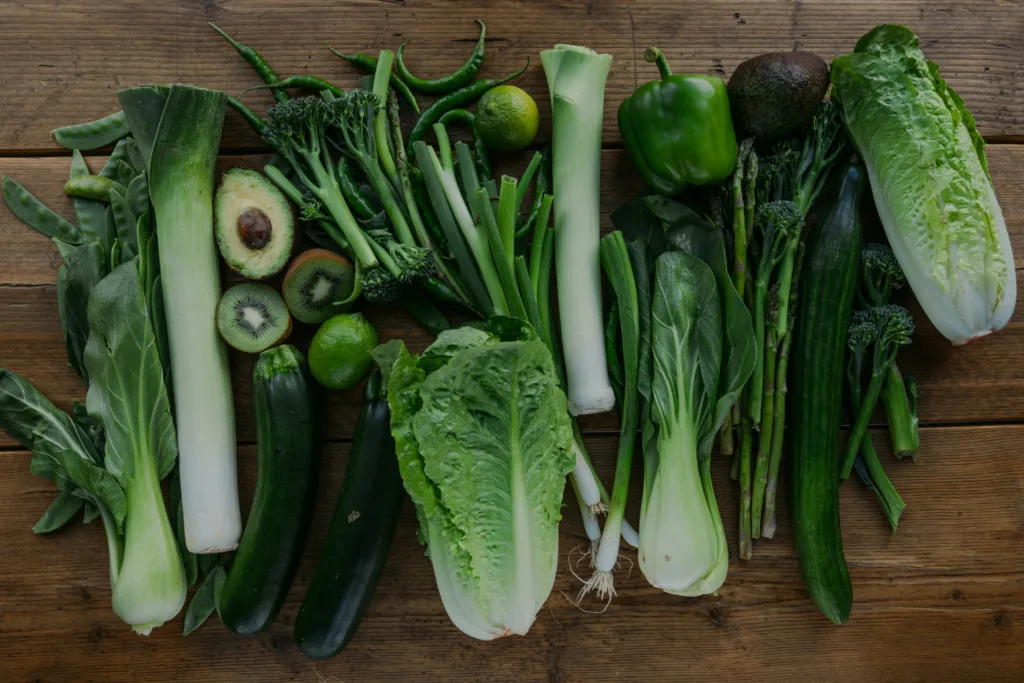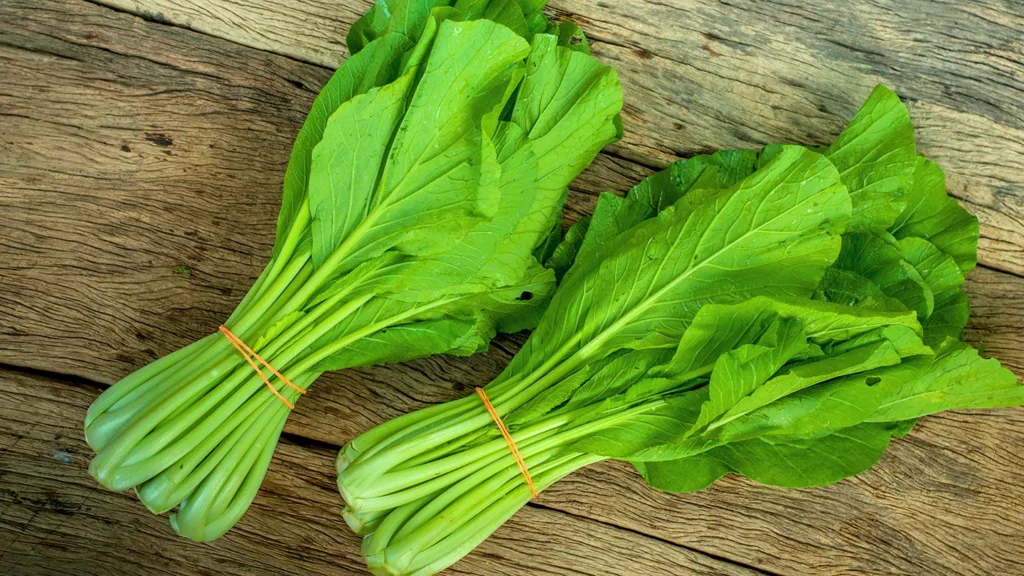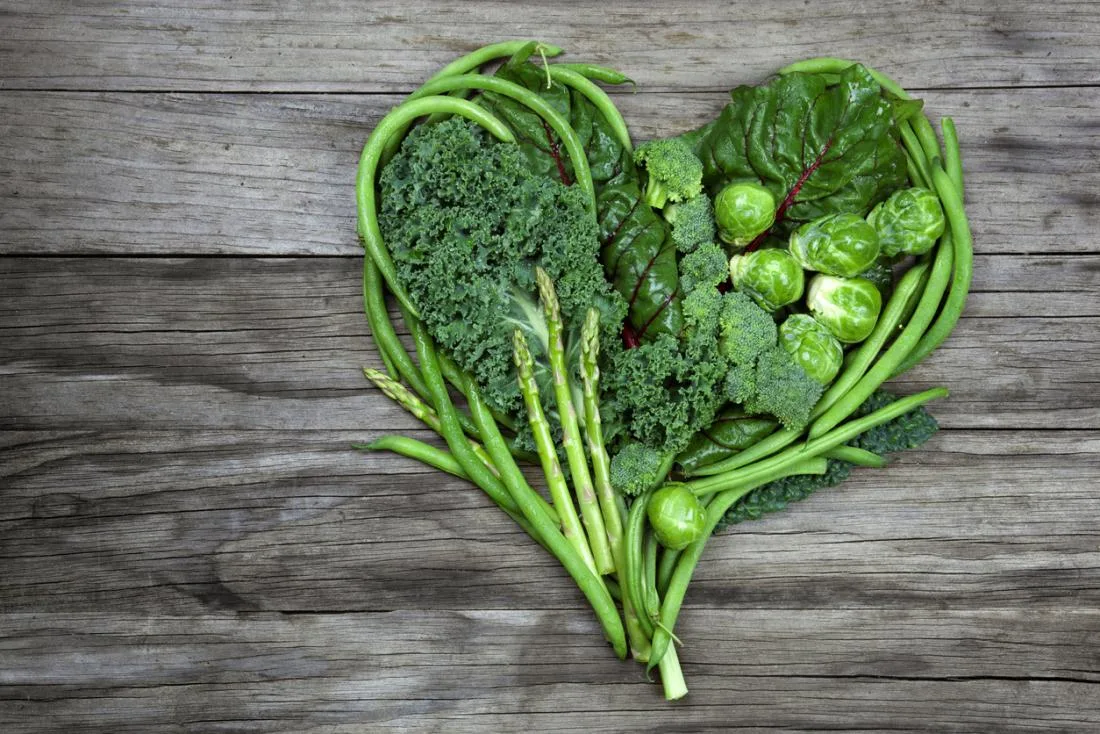When it comes to losing weight, we all know that eating healthy is super important. And while exercise can definitely help us burn extra calories, what we put in our bodies on a daily basis has the biggest impact on our health and waistlines. I don’t know about you, but when I first tried to lose weight, I got caught up in all those trendy diets and complicated eating plans you see everywhere. It wasn’t until I went back to basics and focused on plain old natural, wholesome foods that I finally started seeing results. And let me tell you, leafy green veggies have become absolute staples in my diet. I’m talking spinach, kale, lettuce, arugula – you name it. In this post, I’ll chat about why you should seriously consider making leafy greens your new best friends. I’ll also share some insider tips on how adding more of them into your daily meals and snacks can help you drop pounds and feel ah-mazing.

The Power of Leafy Greens
Leafy greens like spinach and kale aren’t called nutritional powerhouses for nothing. First off, they’re packed with fiber, which is awesome for weight loss because it fills you up and keeps you feeling satisfied for longer. Foods with lots of fiber take more time for your body to digest, so you avoid that horrible overstuffed feeling and uncontrolled snacking that sabotages diets. Leafy greens are also jam-packed with tons of important vitamins, minerals, and other good-for-you compounds. We’re talking vitamins A, C, E, and K, plus magnesium, potassium, iron, and calcium. Studies show all these nutrients reduce inflammation, provide antioxidant protection, and even fight against cancer. They also support a healthy immune system, bones, heart, and more. Additionally, the high water content in leafy greens helps keep you hydrated. Overall, these little nutritional superstars help with weight loss by controlling appetite, optimizing health, and promoting efficient fat and carb metabolism.
Multiple studies consistently show that eating more leafy greens is linked to having a lower body weight and reduced obesity risk. One major review of over 130 different clinical trials found that increasing fruit and vegetable intake, including leafy greens, contributed to significant weight loss in people who were overweight or obese. The key is that foods like spinach and kale provide tons of nutritional benefits but are extremely low in calories. You’d have to eat a huge amount to overdo it, making them an awesome low-calorie base for meals and snacks.
Greens for Weight Loss
There are so many types of leafy greens to try out, each with their own perks. Here are some of my faves to rotate into your diet:
Types of Leafy Greens
- Spinach – Popeye’s favorite is loaded with Vitamins A, C, K, iron, magnesium and folate. It works great raw or cooked in salads, smoothies, stir-fries, and more.
- Kale – Hailed as the new beef, kale has potent antioxidants like quercetin and supports detoxification. Enjoy it as chips, stir-fried, juiced, or sautéed.
- Arugula – The tangy, peppery zing of arugula gives salads and sandwiches a punch. It has immune-boosting benefits.
- Romaine Lettuce – The king of salad greens, romaine is an awesome source of Vitamin C, beta-carotene, folate and iron. It’s got that satisfying crunch too.
- Swiss Chard – In addition to being rich in Vitamins K, A and C, Swiss chard provides blood sugar regulating magnesium and cholesterol lowering fiber.
Fiber Fills You Up
The generous fiber content of leafy greens is a dieter’s dream. Fiber provides bulk without extra calories, helping you feel full and satisfied on fewer calories. Packing meals and snacks with fiber-rich greens makes it way easier to avoid overeating. The type of fiber in leafy greens even binds to cholesterol, pulling it out of your body before it can contribute to clogged arteries. This soluble fiber also slows digestion, preventing those blood sugar spikes that can lead to crashes later.
Low-Calorie Superfoods
One of the best things about leafy greens is that they’re so dang low in calories. This means you can eat big portions without blowing your daily calorie budget. For example, one cup of raw spinach is only around 7 calories! Compare that to processed snacks that cram hundreds of empty calories into tiny serving sizes. Filling up on low-calorie, nutrient-packed greens makes it much easier to stay within your calorie goals for weight loss.
Nutrient Density
Ounce for ounce, leafy greens provide more nutritional value than nutrient-dense foods like steak. For minimal calories, they deliver essential vitamins, minerals, antioxidants and other beneficial plant compounds that your body needs to function at its best. Making greens a regular part of your diet helps prevent nutritional deficiencies that can mess with metabolism and cause unhealthy cravings.

Incorporating Leafy Greens into Your Diet
Boosting your daily leafy green intake is easier than you might think! Here are some painless tips:
Fresh vs. Cooked Greens
Both fresh and cooked leafy greens have excellent benefits, so switch it up! Quick-cooking greens like spinach and Swiss chard taste delicious sautéed, while heartier kale is great raw, roasted or steamed. Cooking helps break down those tough cell walls, releasing more nutrients. But raw greens provide valuable enzymes, so enjoy a combo. For salads, lightly dress greens or use simple oil-acid vinaigrettes to avoid drowning their flavor.
Creative Recipes
Get creative with greens! Blend into smoothies, mix into grain bowls and pasta dishes, top pizzas, stuff into tacos – go wild with ideas! Soups and stews happily hide blended greens. For snacking try kale chips, lettuce wraps, green smoothies or spinach dip with veggies. Make sammies and wraps more nutritious with spinach, arugula, shredded lettuce or kale.
Meal Planning
Plan ahead to work greens into meals and snacks all week long. Chopping greens on weekends makes it easy to throw them into weekday lunches and dinners. Stock up on frozen greens for smoothies or stir fries when fresh isn’t doable. Pair greens with lean protein, healthy fats, whole grains, beans, seeds and fruit for balanced meals. Meal prep big batches of salads and green smoothies for quick, healthy eats when life gets busy.

Potential Challenges and Solutions
Even with all their nutritional superpowers, eating more greens doesn’t always come easy. Here are some common obstacles along with tips to help you overcome them:
Taste
Some people find certain greens too bitter. Balancing them out with zesty dressings, fruits, nuts or spices makes them more enjoyable to eat. Cooking mellows the bitterness in greens like kale. Trying new mild-tasting greens like baby spinach and butter lettuce can open up less-bitter options.
Cost
Greens can be pricier than starchy staples, but buying what’s in season, on sale, and in bulk helps cut costs. Prioritizing greens and cutting back on meat redistributes your food budget. Frozen greens are an affordable alternative when fresh is unrealistic.
Storage
Greens are delicate and spoil quickly. Plan to eat them within 3-5 days of buying, choosing bunches with crisp leaves. Store greens unwashed and wrapped in dry paper towels inside plastic bags in your fridge’s coldest area. Blanching makes tougher greens like kale and collards last longer.
Prep Time
Trimming, washing, stemming and chopping greens takes time. Opt for pre-washed bagged greens when you need convenience. Improve knife skills to remove ribs before chopping leaves faster. Clean big batches of greens on weekends to use all week long.
Tolerance
If you aren’t used to a lot of fiber, introduce high-fiber greens gradually. Removing tough stems and ribs reduces indigestible fiber. Cooked greens can also be better tolerated. Stay hydrated and consider digestive enzymes to help ease the transition.
Maintaining Balance
While leafy greens have tons of benefits, they’re just one part of an overall balanced diet and healthy lifestyle. Remember that weight loss boils down to a calorie deficit from eating less and moving more. In addition to upping greens, watch portion sizes of grains, lean protein and healthy fats. Cut back on added sugars and limit processed foods. Stay active through a mix of cardio and strength training. Get enough sleep and keep stress in check. Make changes you can maintain long-term instead of quick fixes. Focus on developing sustainable, healthier eating habits that work for you.

The Takeaway
At the end of the day, leafy greens really are nutritional powerhouses that can help take your weight loss goals to the next level. The winning combo of essential vitamins, filling fiber and low calories makes them a foundational food group for any healthy diet. Adding more spinach, kale, lettuce, arugula, chard and other greens helps control appetite, boost health, and accelerate fat burning. With a little creativity and planning, it’s easy to incorporate greens into delicious, satisfying meals and snacks. Ditch the restrictive diets and processed “diet” foods, and let these wholesome superfoods help you achieve your weight loss goals the healthy, sustainable way. Set yourself up for weight loss success by making leafy greens a dietary staple!
If you liked this post, sign up for our free newsletter to get new tips delivered straight to your inbox on nutrition, health, wellness and reaching your weight loss goals in a balanced, holistic way. Look out for related articles with more practical advice on topics like healthy cooking, meal planning, exercise, motivation and developing sustainable, healthy eating habits.
Thank you for reading this post, don't forget to subscribe to our free newsletter
!
